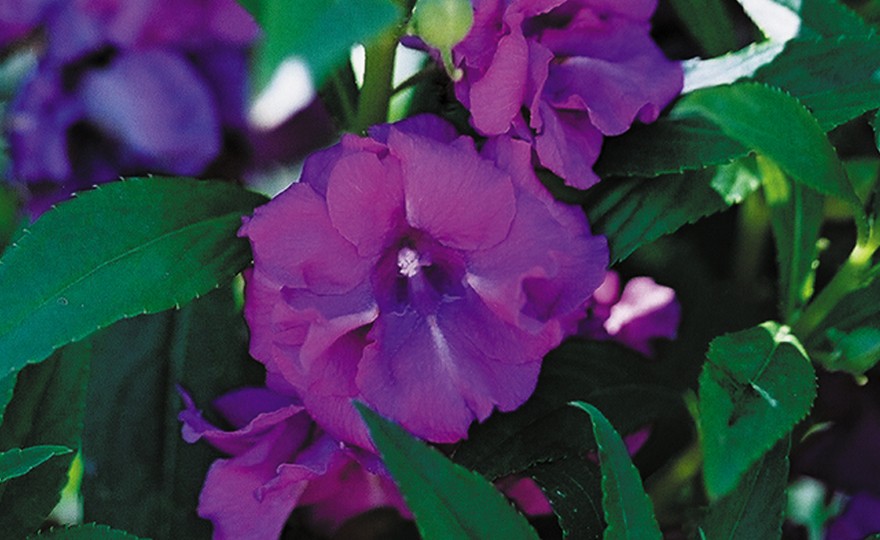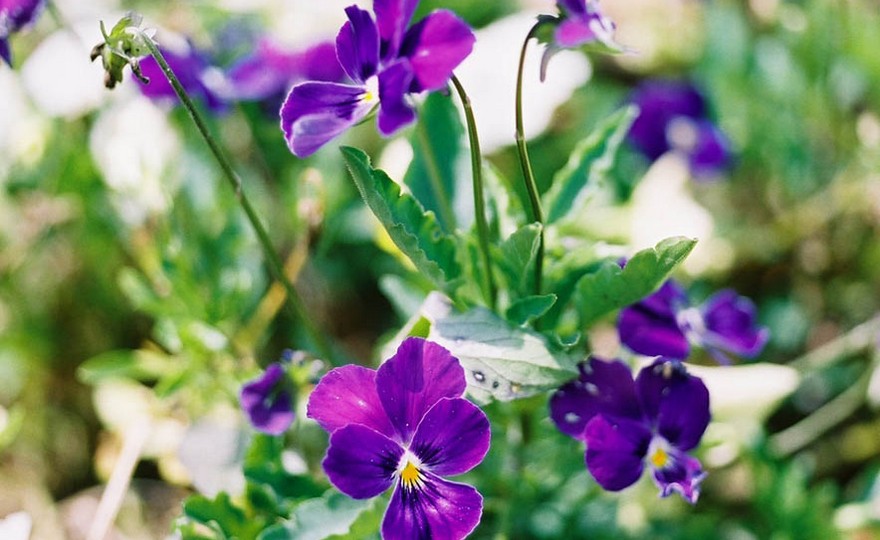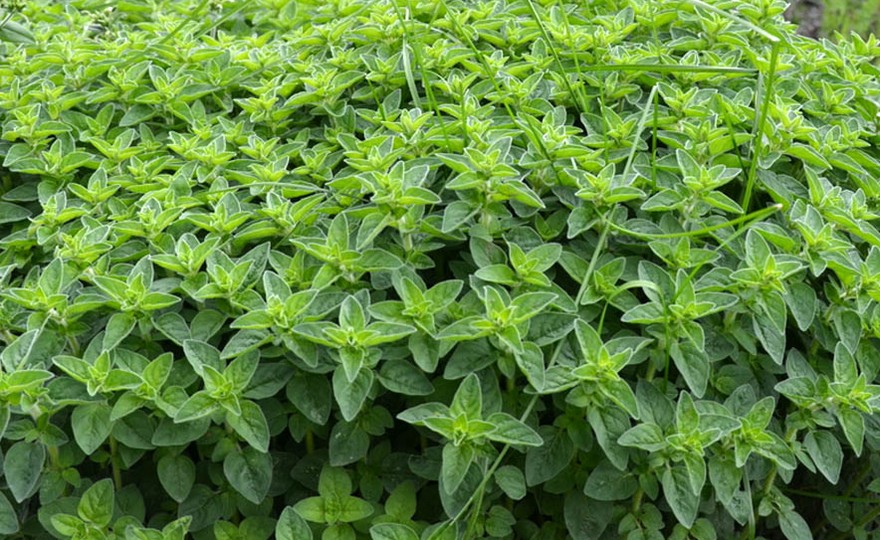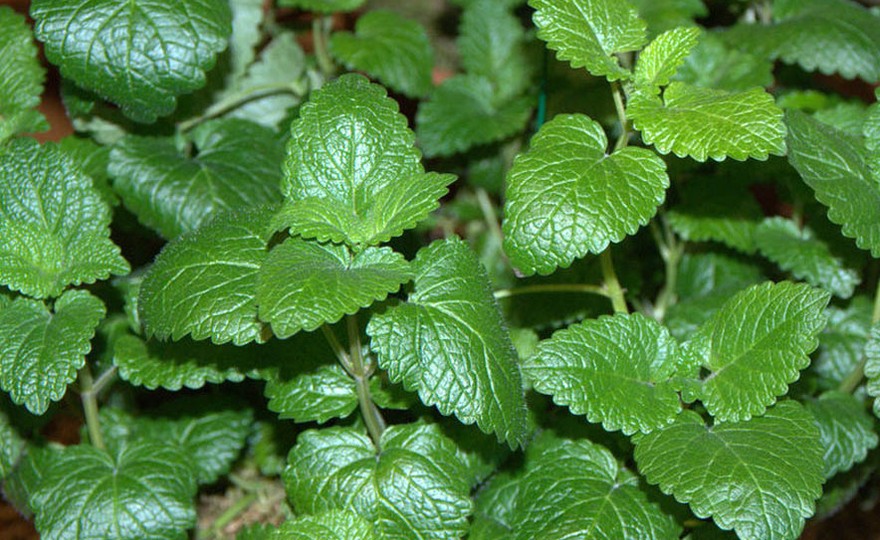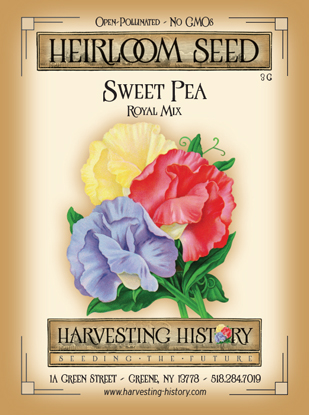
Sweet Pea, Royal Mix
-
- **SOLD OUT** HOLIDAY GIFTS **SOLD OUT**
- **SOLD OUT** Holiday Books **SOLD OUT**
- **SOLD OUT** Holiday Citrus **SOLD OUT**
- **SOLD OUT** Holiday Gift Certificates **SOLD OUT**
- **SOLD OUT** Holiday Paperwhites **SOLD OUT**
- **SOLD OUT** Holiday Praying Mantis Kits **SOLD OUT**
- **SOLD OUT** Holiday Tools **SOLD OUT**
- **SOLD OUT** Holiday Wildflower Mixtures **SOLD OUT**
- Citrus Trees
- **SOLD OUT** - Vegetable and Herb Plants - Mix & Match any 6 Plants for $50 - Only Shipped in Quantities of 6
- Elephant Ear Plants & Roots
- **SOLD OUT** 4-Inch Pot Herb Plants **SOLD OUT**
- Rare Plants
- **SOLD OUT** Vining Plants **SOLD OUT**
- Asian Seeds
- Beneficial Bugs
- Books
- Citrus Fertilizers
- Cold-Treated Bulbs - SEE BULBS FOR FALL PLANTING TO ORDER
- Cold-Treated Allium
- Cold-Treated Chionodoxa
- Cold-Treated Crocus
- Cold-Treated Hyacinthoides
- Cold-Treated Hyacinthus Orientalis
- Cold-Treated Narcissus
- Cold-Treated Cyclamineus Narcissus
- Cold-Treated Double Heirloom Narcissus
- Cold-Treated Jonquilla Narcissus
- Cold-Treated Large Cupped Narcissus
- Cold-Treated Poeticus Narcissus
- Cold-Treated Small Cupped Narcissus
- Cold-Treated Species Miniature Narcissus
- Cold-Treated Split Cupped Narcissus
- Cold-Treated Tazetta Narcissus
- Cold-Treated Triandus Narcissus
- Cold-Treated Trumpet Daffodils
- Cold-Treated Ornithogalum
- Cold-Treated Rock Garden Iris
- Cold-Treated Scilla
- Cold-Treated Tulips
- Cold-Treated Emperor Tulips
- Cold-Treated Fringed Tulips
- Cold-Treated Green or Viridiflora Tulips
- Cold-Treated Lily Flowering Tulips
- Cold-Treated Parrot Tulips
- Cold-Treated Peony Flowering Tulips
- Cold-Treated Single Early Tulips
- Cold-Treated Single Late Tulips
- Cold-Treated Species Tulips
- Cold-Treated Triumph Tulips
- Flower Bulbs, Corms and Tubers
- Bulbs for Spring Planting
- Bulbs for Fall Planting - ALL BULBS AVAILABLE ARE COLD TREATED FOR PLANTING AS SOON AS SOIL CAN BE WORKED
- Fall Blooming Bulbs
- Garden Tools & Equipment
- Gift Certificates
- HHH Exclusive Wildflower Mixtures
- Wildflower Mixtures
- Heirloom Garlic
- Potatoes
- Roots & Sets
- Seeds
- Flowers
- Herbs
- Vegetables
- **SOLD OUT** HOLIDAY GIFTS **SOLD OUT**
-
- No products to compare
-
74 in stock
Quick Overview
Sweet Pea, Royal Mix – Lathyrus odoratus
FULL SUN-PARTIAL SHADE Native to the Northern Temperate Zones of the planet, the ornamental sweet pea has been a part of European, American and British gardens since the 1700s. Seeds sent to England in 1699 by a Franciscan monk led to commercial production by 1724. The Royal sweet peas were developed in the US and bred to produce much taller plants with larger blossoms. Royal Mix includes blue, purple, white, pink etc. The plants are 40-48 in. tall. Plants grow easily from seed. Seed can be sown in the fall or spring as soon as the ground can be worked. If planting in spring, keep the soil slightly moist until germination which takes 14-21 days. Always distribute seed where the plants are to grow. Sweet peas do not like to be transplanted. Better germination is achieved when the seeds are planted in the fall. When seedlings are 2 in. high, thin leaving 8 in. between plants.
| Type | Spacing | Planting Depth | Days to Germination | Blossoms |
| Annual | 8 in. | 1/2 in. | 14-21 | 45-60 |

Sweet Pea, Royal Mix
Sweet Peas were first collected by a Franciscan Monk, Father Cupani, near his monastery in Sicily in 1696. The fragrance was so enticing that he collected some seeds and began to grow it in his own garden. In 1699, he sent seeds to his friend, a British schoolmaster, Professor Uvedale, in England. The flower of the original plant had deep blue lower petals (standards) and purple upper petals known as wings. By 1724, sweet peas were being grown commercially in Europe. In 1870, Henry Eckford introduced the Grandifloras a class of magnificent sweet peas with huge blossoms, but the monumental development occurred during the 1890s when Silas Cole, the head gardener at Althorp, the estate of Earl and Countess Spencer, discovered a spontaneous mutation of an Eckford sweet pea which he named Lady Spencer. Lady Spencer was a florist worthy sweet pea with huge, wavy flowers. Cole introduced the plant in 1901 at an international floral exhibition in England. The plant became an instant, international success. By 1910, the sweet pea was the most popular annual flower in cultivation in the world.


